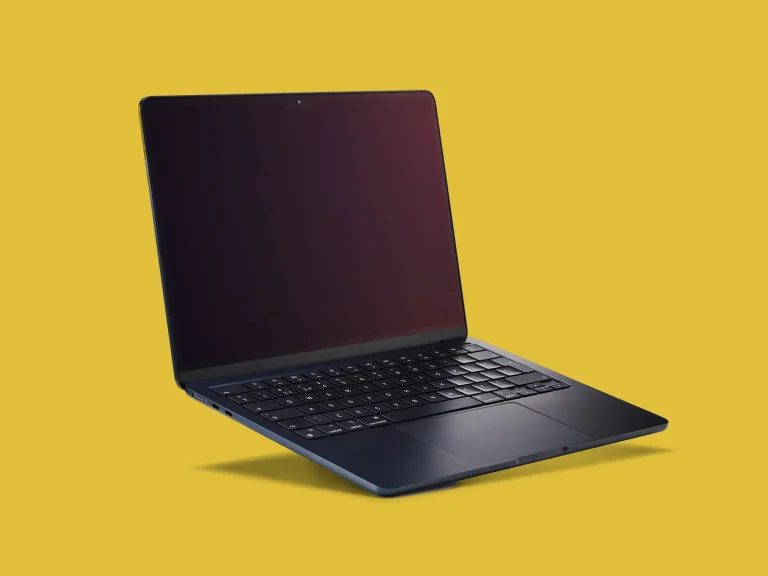Walk into any venture capital pitch room in 2025, and odds are you’ll hear the letters “A” and “I” within the first thirty seconds. The AI boom is not just alive—it’s in full sprint. From one-person startups cranking out productivity apps to billion-dollar giants promising to “redefine” healthcare, the market is brimming with AI plays.
Investors are writing checks. Founders are spinning up prototypes at lightning speed. The average user, meanwhile, is left with a question that’s both simple and uncomfortable: how many of these AI products actually solve real problems, and how many are just features dressed up as companies?
The Gold Rush Mentality
It’s not the first time the tech world has chased a shiny new acronym. We’ve seen the dot-com frenzy, the social app flood, and the crypto wave. AI feels different, partly because its use cases are so broad—finance, education, customer service, logistics, even art. But the energy is the same: a gold rush.
Startups promise the world. “Revolutionizing hiring with AI.” “Fixing healthcare inefficiencies with AI.” “Redefining shopping with AI.” Some of it is genuine innovation. Much of it, though, feels like reheated software with a thin layer of machine learning sprinkled on top.
The Investor’s Dilemma
For VCs, the calculus is brutal. Ignore AI and you look outdated; invest too broadly and you drown in mediocrity. The line between groundbreaking and gimmicky is thin, and the hype cycle makes it even harder to separate signal from noise.
Yet, the money keeps flowing. Why? Because the upside is massive. If even a handful of these AI bets turn into the next OpenAI or Anthropic, the returns justify a dozen flameouts.
Users Want Solutions, Not Buzzwords
Here’s where things get interesting. Ordinary users don’t care if a product uses a generative AI, reinforcement learning, or quantum-infused algorithms. They care if it works. They care if it saves time, reduces cost, or makes life easier.
That’s why some of the most successful AI products are the least flashy: tools that quietly integrate into workflows, automate tedious tasks, or reduce operational drag. The winners don’t shout “AI!” in neon letters; they just get the job done.
The Risk of Over-Saturation
The danger is obvious: too many startups chasing the same problems with similar solutions. Do we really need fifty AI meeting note-takers or a hundred “AI for recruiting” platforms? Oversaturation doesn’t just confuse consumers—it breeds fatigue. If everything is AI, nothing feels special.
The Takeaway
AI isn’t going away. Its potential is enormous, and it will reshape entire industries. But the startup boom highlights a truth the tech world keeps relearning: hype gets you in the door, but staying power requires more.
For regular users and investors alike, the question is the same: is this AI solving a real pain point—or just layering buzzwords over problems that didn’t need fixing in the first place?
In the end, the survivors of the AI boom won’t be the loudest or the flashiest. They’ll be the ones that feel invisible—products so seamlessly useful you forget AI is even there.







